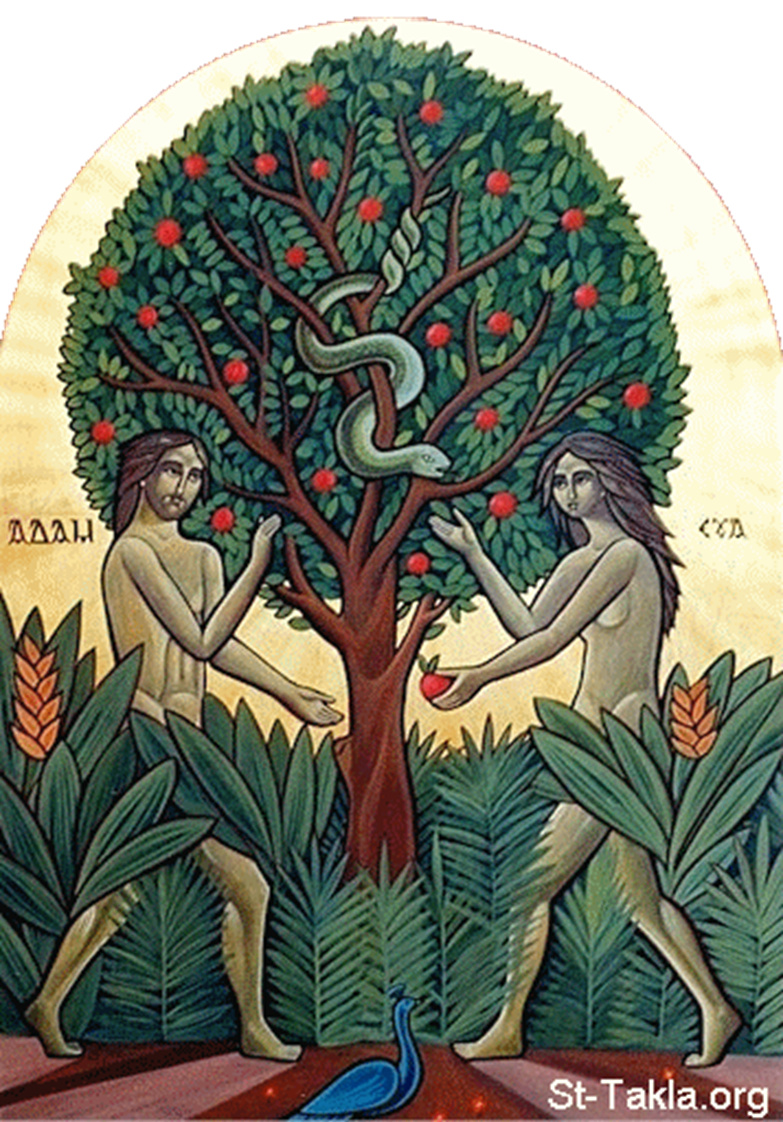Discovering the oldest version of the story of Adam and Eve: Adam was a god...and Eve was innocent of temptation

Two Dutch scientists discovered a very old version of the story of Adam and Eve, which they said dates back 800 years before Genesis in the Torah, and differs from it in the Bible and the Qur’an.
What does this mean for believers of all three religions?
The story is inscribed in Ugaritic on two clay tablets and dates back to the thirteenth century BC. The two tablets were found in Syria in 1929. In the 1970s, the Ugaritic cuneiform symbols in the two tablets were decoded, but separately from each other. For the first time, the two tablets were studied together by Dr. Margot Korbel and Johannes de Moor, professor emeritus at the Protestant Theological University in Amsterdam. They discovered that the two tablets contained an ancient version of the Biblical story of creation.
In the ancient story, El, the supreme god (according to Canaanite mythology), reigns over the “Vine Field of the Great Gods,” which is located on Mount Ararat in eastern Turkey today. But his authority was opposed by the evil god Horon, the ancestor of Satan. When Horon was punished by expulsion from the mountain, he poisoned the “Tree of Life.” Here Adam appears in the story: he is a god sent to earth to put Horon to an end, but the end of his mission was tragic. Horon transformed himself into a poisonous snake and bit Adam, causing him to lose his immortal nature. As a form of consolation for Adam's bereavement, the sun gods presented him with a "good-hearted woman", so humanity could reproduce, and Adam regained some of his immortal nature.

The similarities between this story and the story of creation in the Torah and the Qur’an are so strong that they have led researchers to believe that there are different versions of the same story. The main difference, says Professor De Moor, is that "there are many gods in this Ugaritic myth. Adam and the serpent are gods. This of course contradicts monotheistic religions." The second difference is that Adam’s fall was not due to a mistake he committed: “In the story, and as far as we have been able to decipher its symbols, there is no sin.”
And punishment.” Adam’s wife is also described as “of good character”: “Eve in this story is not at fault for what happened to Adam, in contrast to the creation story adopted by Jews, Christians, and Muslims.”
The discovery of this Ugaritic myth poses a threat to the literal way in which Jews, Christians, and Muslims deal in their holy books with the story of creation as a purely divine act: “The Ugaritic myth shows that the story of creation has a historical background. This makes it difficult to read the text in the Torah, the Bible, and the Qur’an literally. And insisting that the world was created in seven days.”

The two clay tablets on which the story is written are part of a larger collection discovered in Ugarit in northern Syria. Many of these slabs have not yet been studied, which means, in both Korbel and de Moors' opinion, that more discoveries may yet emerge.
Source: websites

